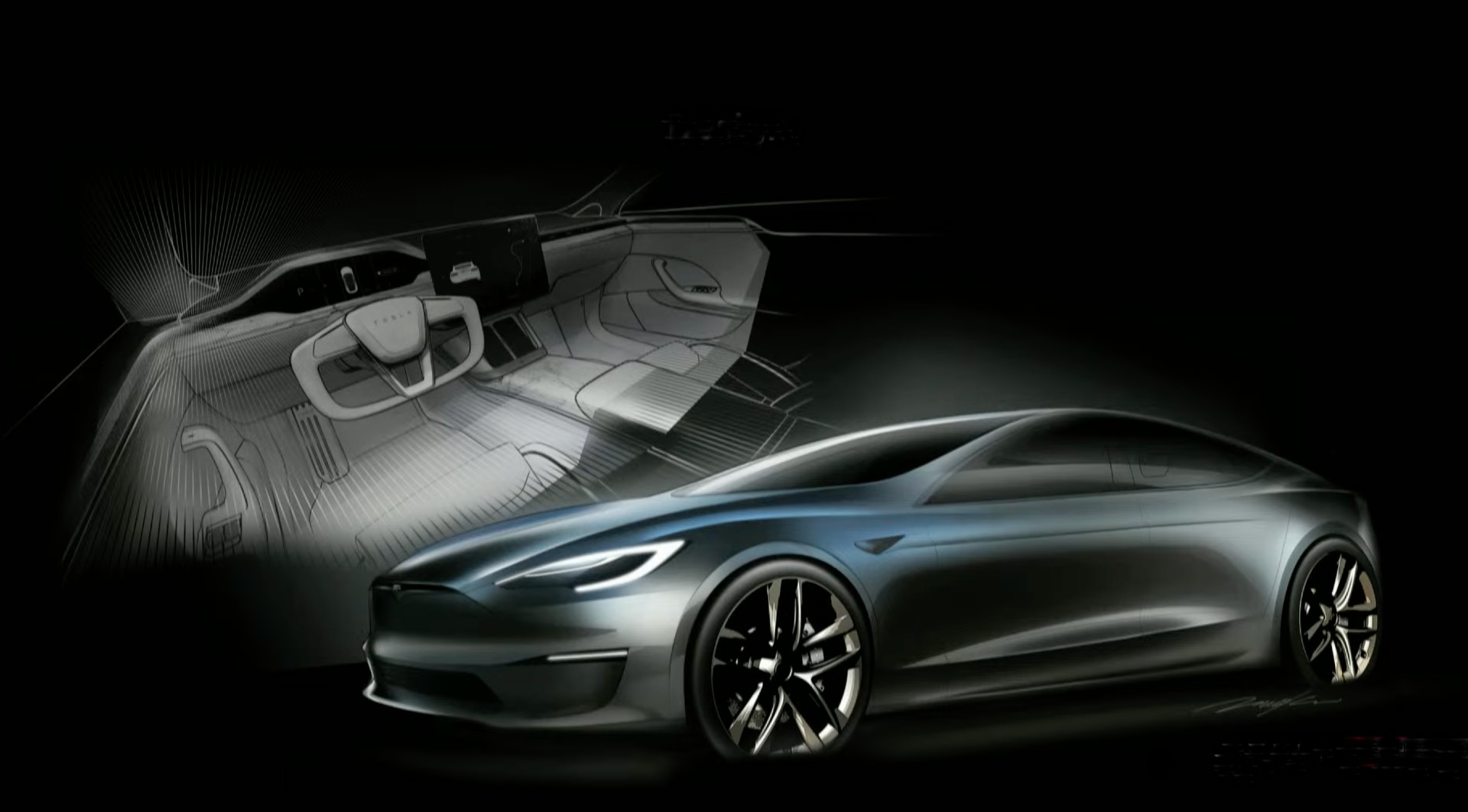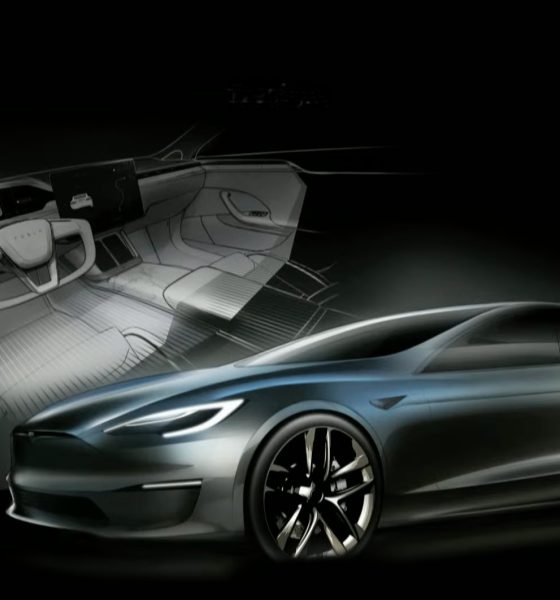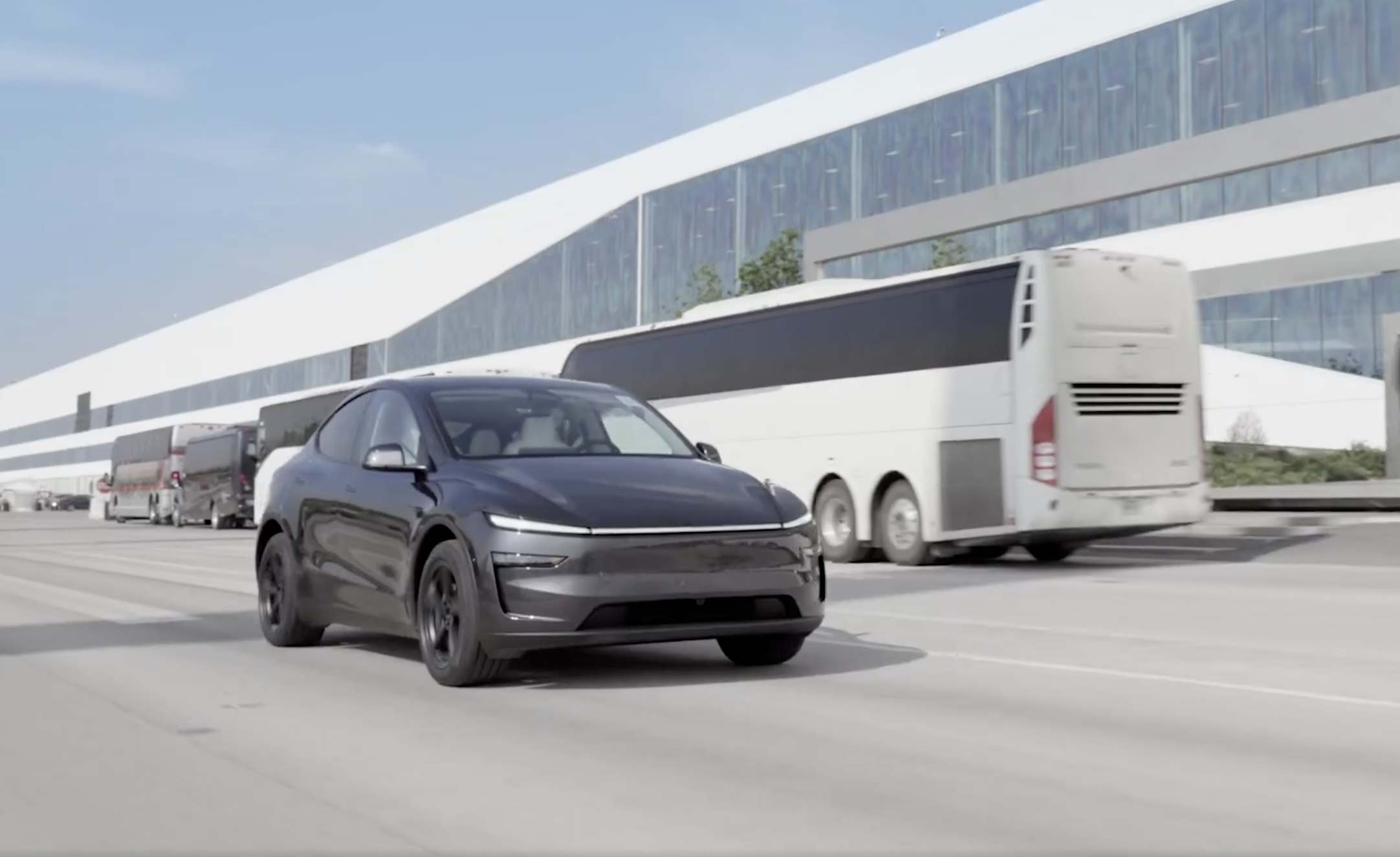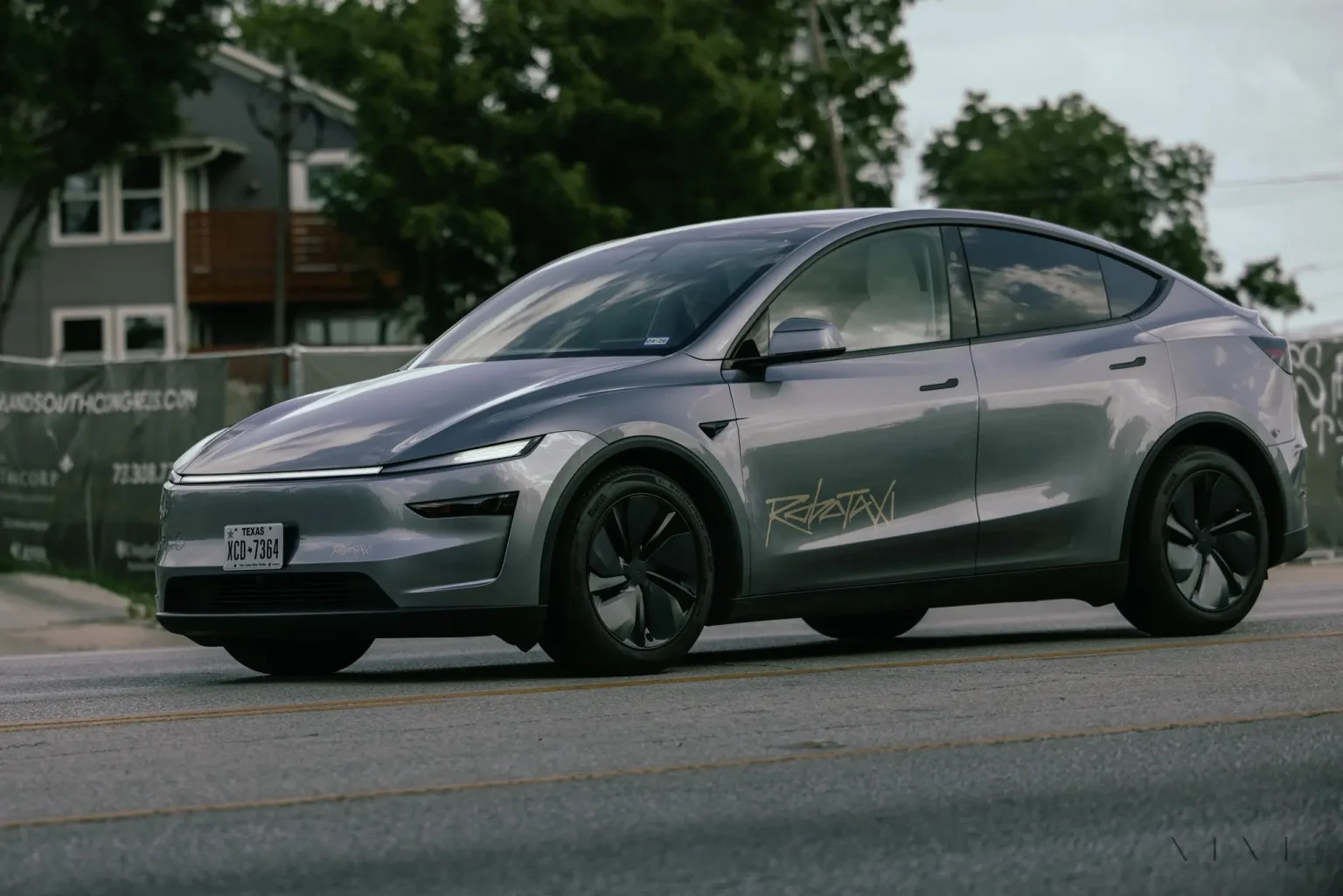

Investor's Corner
Morgan Stanley outlines Tesla’s 8 key drivers for further expansion
Recently, Morgan Stanley (MS) released a note on Tesla’s future capacity expansion. The note discussed key drivers that would push Tesla’s growth further in terms of model/segment and factory footprint. Each driver is discussed below.
Produce in markets where they want to sell & diversify outside China
“Cars don’t ship like iPhones, and there are benefits in high localization,” wrote the Morgan Stanley analysts. The investment bank expects “to see significant diversification going forward.”
Gigafactory Shanghai has proven to be an excellent move for Tesla. Tesla China has significantly contributed to the company’s growth since the Shanghai factory started operations. Giga Berlin and Giga Texas are poised to have the same impact when they are operational.
Make each new factory its ‘best’ factory
The Morgan Stanley note stated that there may be room to improve Tesla’s factories, specifically design, cost, and automation.
Tesla always strives to improve and be more efficient. The company’s constant push to improve can be seen in the slight differences and improvements in each Gigafactory. For example, Tesla Giga Shanghai’s layout and design seem based on the GA4 tent the company built when the company was ramping Model 3 production.
Giga Berlin seems to follow the same design, but Tesla has invested in some impressive machines for production in Europe. For instance, Elon Musk has talked about Giga Berlin’s paint shop for quite some time, describing it as one of the most advanced paint shops in the world.
Then there is Giga Texas, which will be Tesla’s Cybertruck factory. The Cybertruck’s unique stainless steel exoskeleton would probably introduce some tough production challenges that would undoubtedly bring about solutions in ways only Tesla could solve.
Spread bets across national regimes
Morgan Stanley writes that “the industry has learned some recent valuable lessons on overdependence on concentrated/extended supply chains.”
In the last earnings call, Elon Musk shared that Tesla faced some supply chain challenges in the first quarter, which the team handled well. Some rumors suggest that Tesla may be interested in investing in its own factory for chips to avoid similar supply chain challenges in the future. Tesla also stepped forward to help a global shipping company with its vast amounts of shipping data, hinting that Tesla is learning more about supply chain processes.
Tesla’s drivers for technological growth
Morgan Stanley lists two drivers related to Tesla tech that could help the company’s expansion. One tech-related driver states Tesla should set technology standards in major regions by getting there first.
The second driver related to tech states that battery economics drive expansion. “We believe battery vertical integration co-located with final assembly ideally suited to volume of 500k to 1mm units per plant,” noted the Wall Street firm.
Drivers for Tesla’s global market expansion
In its note, Morgan Stanley wrote that Tesla should aggressively reduce prices to prevent/delay encroachment from big tech. The note specifically mentions the Apple Car, calling it the “stalking horse.” Granted, Apple might be able to develop software for vehicles that is much better than software found in the cars of Tesla competitors. However, mass-producing a vehicle would be a challenge for a tech company like Apple with no car production experience.
The Wall Street firm also lists that Tesla partnerships could be a natural outcrop of the company’s global/scaled strategy. “We see scope for Tesla to work with other OEMs (both legacy and startups) in areas such as batteries, full EV skateboards, OS, and other products and services.
Tesla and Elon Musk have always been open to working with other automakers to drive its main goal forward: to expedite the move towards a solar electric economy.
The Teslarati team would appreciate hearing from you. If you have any tips, email us at tips@teslarati.com or reach out to me at maria@teslarati.com.

Investor's Corner
Tesla stock lands elusive ‘must own’ status from Wall Street firm

Tesla stock (NASDAQ: TSLA) has landed an elusive “must own” status from Wall Street firm Melius, according to a new note released early this week.
Analyst Rob Wertheimer said Tesla will lead the charge in world-changing tech, given the company’s focus on self-driving, autonomy, and Robotaxi. In a note to investors, Wertheimer said “the world is about to change, dramatically,” because of the advent of self-driving cars.
He looks at the industry and sees many potential players, but the firm says there will only be one true winner:
“Our point is not that Tesla is at risk, it’s that everybody else is.”
The major argument is that autonomy is nearing a tipping point where years of chipping away at the software and data needed to develop a sound, safe, and effective form of autonomous driving technology turn into an avalanche of progress.
Wertheimer believes autonomy is a $7 trillion sector,” and in the coming years, investors will see “hundreds of billions in value shift to Tesla.”
A lot of the major growth has to do with the all-too-common “butts in seats” strategy, as Wertheimer believes that only a fraction of people in the United States have ridden in a self-driving car. In Tesla’s regard, only “tens of thousands” have tried Tesla’s latest Full Self-Driving (Supervised) version, which is v14.
Tesla Full Self-Driving v14.2 – Full Review, the Good and the Bad
When it reaches a widespread rollout and more people are able to experience Tesla Full Self-Driving v14, he believes “it will shock most people.”
Citing things like Tesla’s massive data pool from its vehicles, as well as its shift to end-to-end neural nets in 2021 and 2022, as well as the upcoming AI5 chip, which will be put into a handful of vehicles next year, but will reach a wider rollout in 2027, Melius believes many investors are not aware of the pace of advancement in self-driving.
Tesla’s lead in its self-driving efforts is expanding, Wertheimer says. The company is making strategic choices on everything from hardware to software, manufacturing, and overall vehicle design. He says Tesla has left legacy automakers struggling to keep pace as they still rely on outdated architectures and fragmented supplier systems.
Tesla shares are up over 6 percent at 10:40 a.m. on the East Coast, trading at around $416.
Investor's Corner
Tesla analyst maintains $500 PT, says FSD drives better than humans now
The team also met with Tesla leaders for more than an hour to discuss autonomy, chip development, and upcoming deployment plans.

Tesla (NASDAQ:TSLA) received fresh support from Piper Sandler this week after analysts toured the Fremont Factory and tested the company’s latest Full Self-Driving software. The firm reaffirmed its $500 price target, stating that FSD V14 delivered a notably smooth robotaxi demonstration and may already perform at levels comparable to, if not better than, average human drivers.
The team also met with Tesla leaders for more than an hour to discuss autonomy, chip development, and upcoming deployment plans.
Analysts highlight autonomy progress
During more than 75 minutes of focused discussions, analysts reportedly focused on FSD v14’s updates. Piper Sandler’s team pointed to meaningful strides in perception, object handling, and overall ride smoothness during the robotaxi demo.
The visit also included discussions on updates to Tesla’s in-house chip initiatives, its Optimus program, and the growth of the company’s battery storage business. Analysts noted that Tesla continues refining cost structures and capital expenditure expectations, which are key elements in future margin recovery, as noted in a Yahoo Finance report.
Analyst Alexander Potter noted that “we think FSD is a truly impressive product that is (probably) already better at driving than the average American.” This conclusion was strengthened by what he described as a “flawless robotaxi ride to the hotel.”
Street targets diverge on TSLA
While Piper Sandler stands by its $500 target, it is not the highest estimate on the Street. Wedbush, for one, has a $600 per share price target for TSLA stock.
Other institutions have also weighed in on TSLA stock as of late. HSBC reiterated a Reduce rating with a $131 target, citing a gap between earnings fundamentals and the company’s market value. By contrast, TD Cowen maintained a Buy rating and a $509 target, pointing to strong autonomous driving demonstrations in Austin and the pace of software-driven improvements.
Stifel analysts also lifted their price target for Tesla to $508 per share over the company’s ongoing robotaxi and FSD programs.
Investor's Corner
Tesla wins $508 price target from Stifel as Robotaxi rollout gains speed
The firm cited meaningful progress in Tesla’s robotaxi roadmap, ongoing Full Self-Driving enhancements, and the company’s long-term growth initiatives.

Tesla received another round of bullish analyst updates this week, led by Stifel, raising its price target to $508 from $483 while reaffirming a “Buy” rating. The firm cited meaningful progress in Tesla’s robotaxi roadmap, ongoing Full Self-Driving enhancements, and the company’s long-term growth initiatives.
Robotaxi rollout, FSD updates, and new affordable cars
Stifel expects Tesla’s robotaxi fleet to expand into 8–10 major metropolitan areas by the end of 2025, including Austin, where early deployments without safety drivers are targeted before year-end. Additional markets under evaluation include Nevada, Florida, and Arizona, as noted in an Investing.com report. The firm also highlighted strong early performance for FSD Version 14, with upcoming releases adding new “reasoning capabilities” designed to improve complex decision-making using full 360-degree vision.
Tesla has also taken steps to offset the loss of U.S. EV tax credits by launching the Model Y Standard and Model 3 Standard at $39,990 and $36,990, Stifel noted. Both vehicles deliver more than 300 miles of range and are positioned to sustain demand despite shifting incentives. Stifel raised its EBITDA forecasts to $14.9 billion for 2025 and $19.5 billion for 2026, assigning partial valuation weightings to Tesla’s FSD, robotaxi, and Optimus initiatives.
TD Cowen also places an optimistic price target
TD Cowen reiterated its Buy rating with a $509 price target after a research tour of Giga Texas, citing production scale and operational execution as key strengths. The firm posted its optimistic price target following a recent Mobility Bus tour in Austin. The tour included a visit to Giga Texas, which offered fresh insights into the company’s operations and prospects.
Additional analyst movements include Truist Securities maintaining its Hold rating following shareholder approval of Elon Musk’s compensation plan, viewing the vote as reducing leadership uncertainty.
@teslarati Tesla Full Self-Driving yields for pedestrians while human drivers do not…the future is here! #tesla #teslafsd #fullselfdriving ♬ 2 Little 2 Late – Levi & Mario








